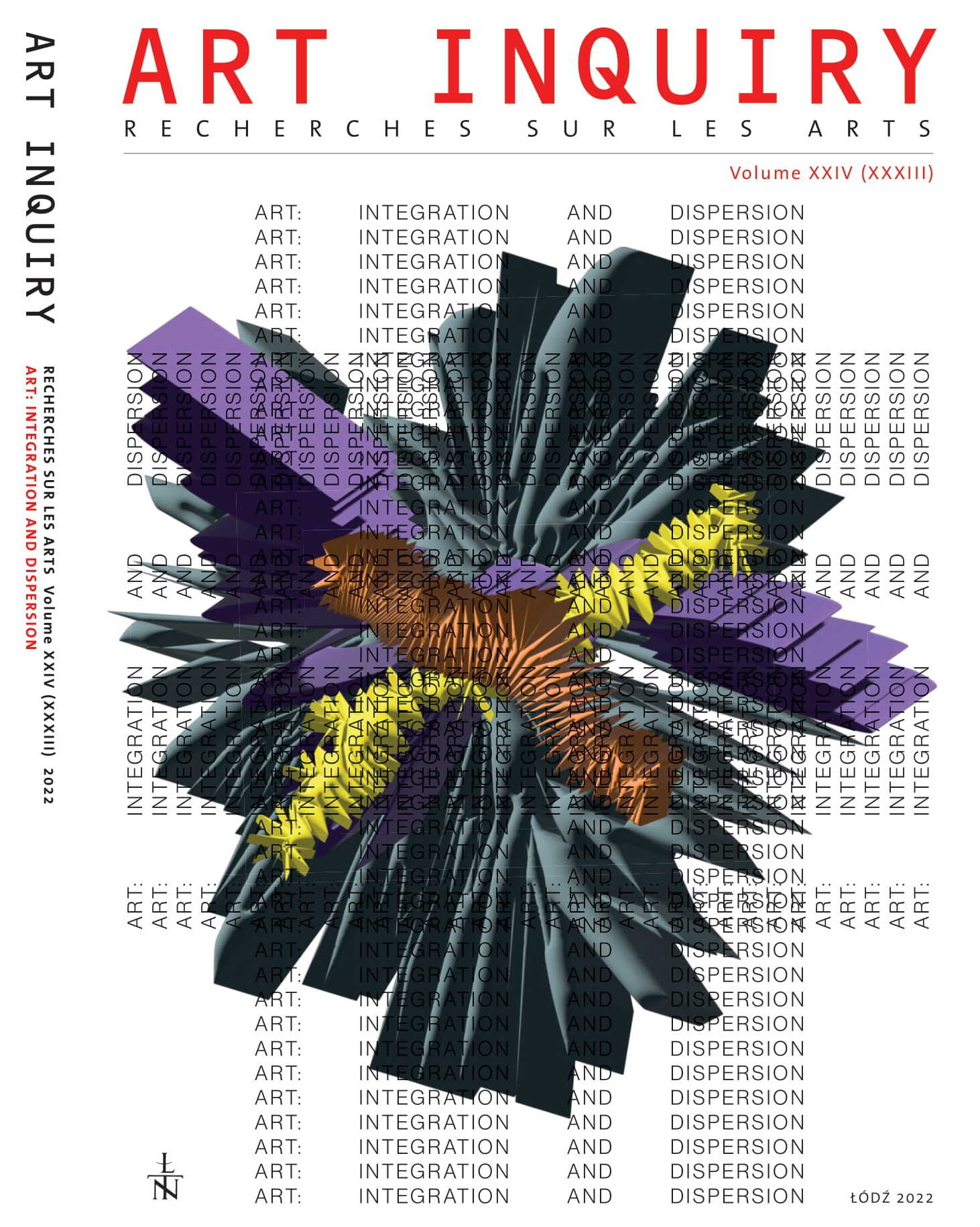Street Art: between Integration and Dispersion. A Global Collective of Individualities
DOI:
https://doi.org/10.26485/AI/2022/24/18Keywords:
Street art, graffiti, globalisationAbstract
Today, street art is a global phenomenon, gathering artists from all over the world and appearing in almost every corner of the globe – diverse but recognizable. It is a return to art and, at the same time, going beyond art – it distracts, unites and uses all technical, stylistic and organizational possibilities. It is the largest conglomerate of individualities, but it is also full of repetitions, compilations and imitations. It creates micro-narratives also often refers to great historical narratives. It reluctantly submits to theories and definitions, does not mark any boundaries, and does not set any conditions. Although street art is popular and understandable, and remains on the margin of the Art World, it is a barometer of the latest social, political and cultural phenomena. Street art is worth observing in order to keep abreast of the most important discourses and sometimes even to be a step ahead.



